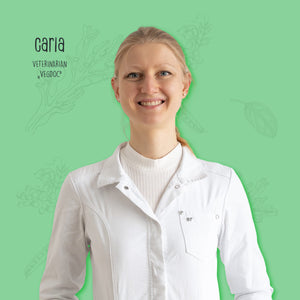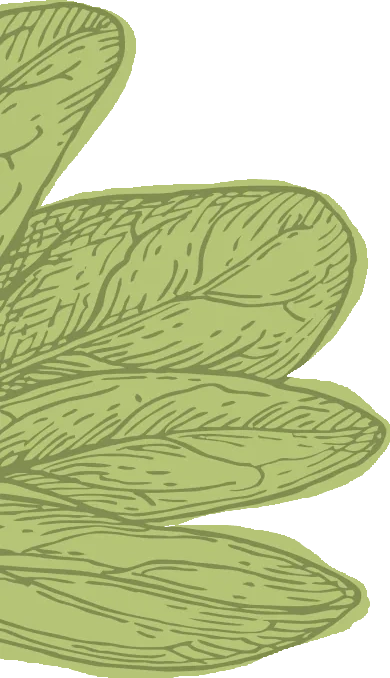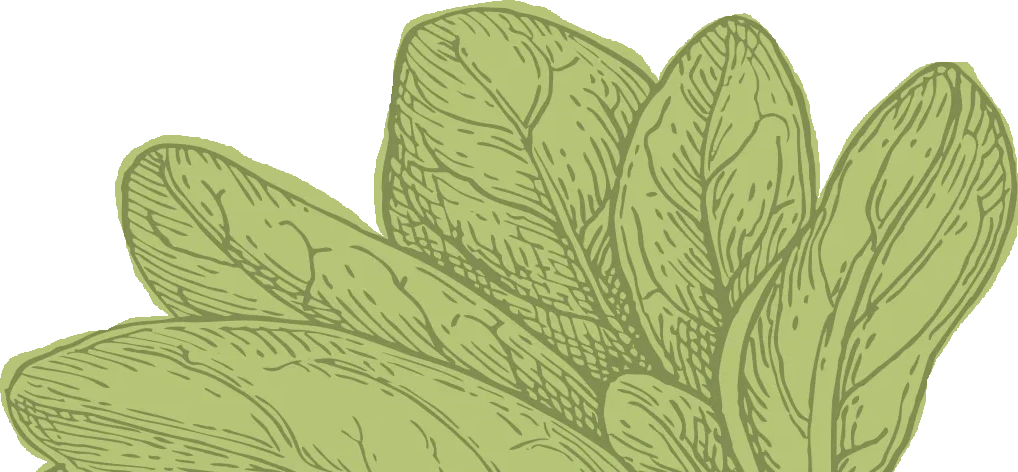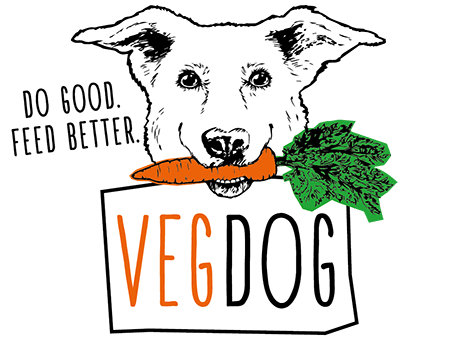
Are peas edible for dogs?
In this article you will learn the following about peas:
- Peas are healthy for our four-legged friends
- They should not be fed raw or canned
- Which processing methods you can use for BARFing
 Author: Carla Steffen
Author: Carla Steffen
 Proofreader: Veronika Hajek
Proofreader: Veronika Hajek
Updated: 01.10.2024
Published: 11.06.2024
Yes, dogs can generally eat peas. Peas are actually very healthy for our furry friends. Peas are one of the preferred sources of protein because they have many beneficial properties due to their low fat content. To give you an overview, we have listed the 5 advantages of peas in dog food:
- muscle building
- Prevent fluctuations in blood sugar levels
- Reduce the risk of diabetes and strengthen the immune system
- Risk of diarrhea or constipation is reduced by regulating moisture in the intestine
- Reducing the risk of muscle wasting and cataracts through lutein and zeaxanthin
However, we will now explain to you what you should pay attention to when processing peas:
Canned peas with carrots - harmless or poisonous?
Peas are generally not poisonous for dogs. However, it is important that the peas are cooked, otherwise your pet may experience unpleasant flatulence. Legumes are harder to digest raw than cooked, but they are not poisonous when raw.
However, you should avoid eating canned peas. Such products often contain relatively high levels of sodium and sugar. A high sodium content can affect the water and electrolyte balance, which can lead to an uneven distribution of water in the body. Excessive sugar consumption can lead to diabetes. The classic canned pea and carrot mixture should therefore not be fed to your furry friend.
Vitamin bomb and protein supplier combined in dog food
Peas, also known as garden peas or edible peas, are legumes and are the oldest known cultivated representatives of this plant family. The vegetable originally comes from Asia Minor and was used as a source of protein. There are various forms, including field peas, paler peas, marrow peas and sugar peas.
Legumes such as peas contain many important vitamins such as A, B6, C and K. They are also rich in trace elements such as iron, potassium, zinc and magnesium. Peas are therefore not only healthy, but can also promote muscle building due to their low fat and fiber content and their amino acid composition. Due to the many vitamins and low fat content, peas are a high-quality source of protein in dog food.
BARFing: The different processing methods:
Peas can be used in different ways as a vegetable supplement in the BARF diet. We will show you the advantages and disadvantages of the different ways of processing:
The legume as flour
Pea flour is a ground powder made from dried peas. This ingredient is often used as an alternative to grains or to supplement nutrients, particularly in dog biscuits and dog food. Adding pea flour to vegan dog food is particularly useful because of the many vitamins and fiber it contains.
The flour contains fiber, which can promote digestion and increase the feeling of satiety.
Since pea flour has not been an ingredient in dog food for very long, there are hardly any studies on the long-term effects of pea flour on dogs. In general, if your furry friend is allergic to legumes, the consumption of pea flour should be avoided.
pea flakes
Pea flakes are made by drying ripe peas and grinding them into fine flakes. The nutrients are largely retained. Since the pea flakes are easily digestible, they can be used as a food supplement in BARFing.
pea pods
For example, if your dog suffers from allergies, soy can be used as an alternative. Soy has a high protein quality and is therefore often used in dog food. Dried soybeans contain around 35% protein.
pea soup
Pea pods should be fed with caution. Sugar snap peas, for example, are often eaten by humans including the pod. Our furry friends can digest pods, but they pose a choking hazard. It is therefore best to cut pea pods into small pieces so that your furry friend can enjoy them without any problems.
dog food without the legume
You can also give the legume to your furry friend in the form of pea soup. This is a particularly good option for four-legged friends who are lazy when it comes to drinking. However, make sure that you do not add too many spices such as salt or sugar to the soup when cooking it yourself .
Frequently Asked Questions (FAQ)
Which legume is healthiest for dogs?
Chickpeas are considered to be one of the healthiest legumes, as they contain around 9 g of protein per 100 g. The fat content is only 1.6 g, with the majority of this consisting of unsaturated fatty acids.
What alternatives are there?
For example, if your dog suffers from allergies, soy can be used as an alternative. Soy has a high protein quality and is therefore often used in dog food. Dried soybeans contain around 35% protein.
Can peas in dog food be harmful?
If there are too few bacteria in the large intestine, peas can cause flatulence. Therefore, peas should not be fed in large quantities. We have therefore paid attention to the precise composition of the VEGDOG SENIOR PEAS & MILLET dog food! Peas should not be given to breeding bitches as they have a high content of phytoestrogens, which can have a negative effect on fertility.








